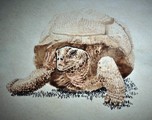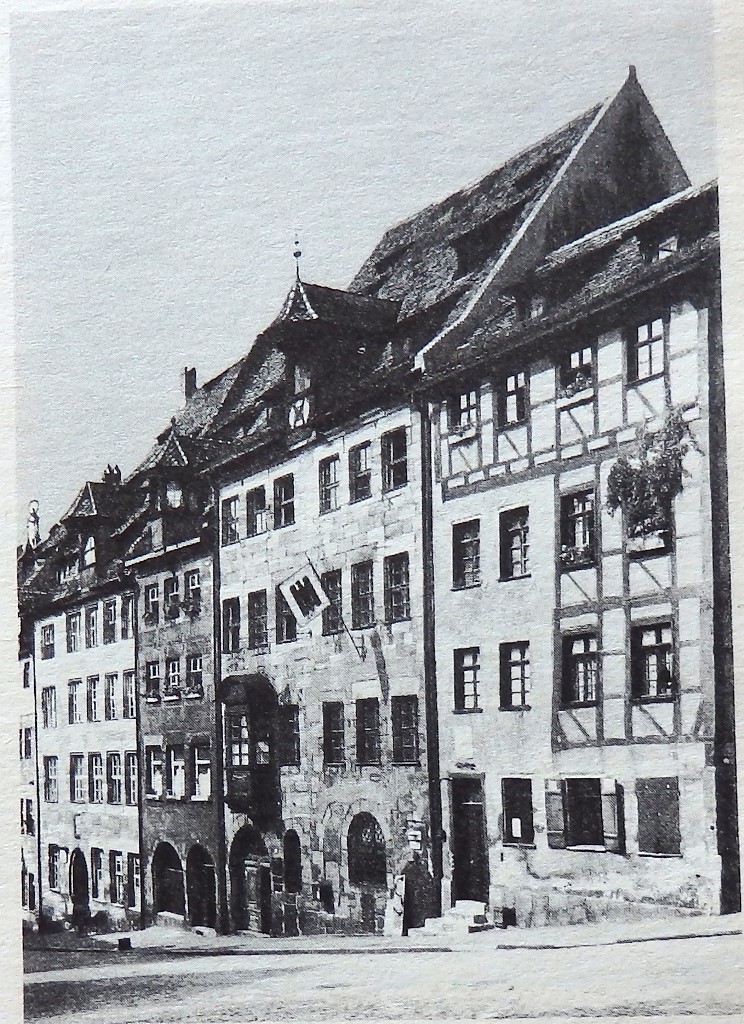Welcome to the design guides from basic to specialized. You will experience the elements of design from drawing exercises through to design practice for real world solution presentations.
Now it is time to take a line for a walk …
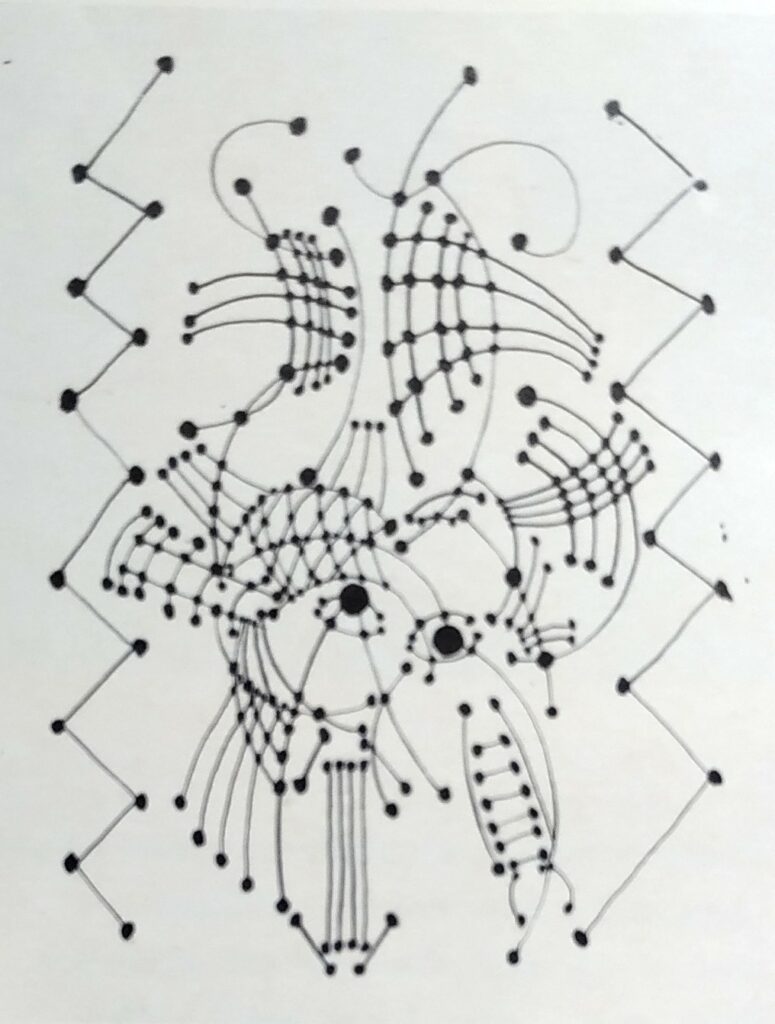
Drawing LINE
- pencils and plain drawing paper will be used, copy or cartridge.
- still life reference will be useful.
Drawing with MATERIALS
- some textured objects will be useful.
- Colour pencils, pens, crayons wax and oil pastel, white chinagraph
- Papers cartridge, news print, black paper

Drawing FORM and SHADE
- Line drawing with pencils and pens
- Plain white paper layout or cartridge
- A few boxes to observe will help you.
Drawing Nature Studies
- Shape and texture is revealed by the light that finds them
- Plain white paper layout or cartridge for drawing and folding.
- Trees are our subject real or photos to aid our design.
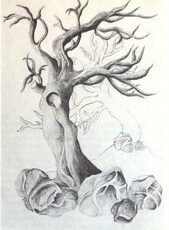
Spaces in pictures
- Shapes are positive, and they can define spaces.
- Black paper for cutting shapes, white paper for contrast, perhaps glue.
- Scissors or cutter and cutting board, crayon wax or oil pastel or grease pencil (chinagraph) all white.
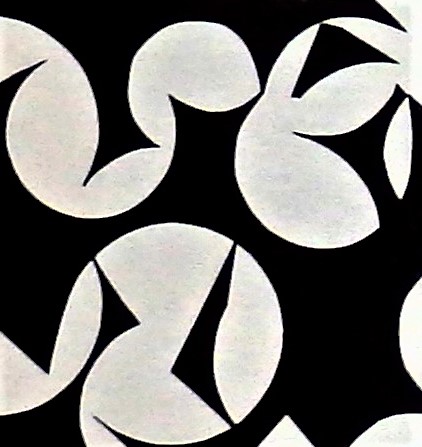
Observation of light and shade when illustrating form and structure.
- Pencil, charcoal or conté, white paper, eraser.
- Study of peg and hammer
- Natural structures in materials
Light on form
Observation of light in illustrating form and structure
- Pencil, charcoal or conté, white paper, eraser.
- Study of peg and hammer
- Natural structures in materials
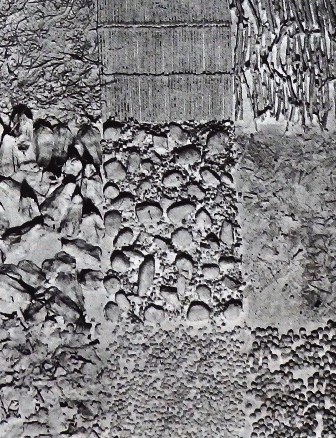
Natural structures: tropical forest interconnected habitat
Drawing plants and native habitat we will find and appreciate structure.
- Smooth white paper
- Pens ball-point and or marker
- Real samples of grass or any garden species are invaluable
- Visual reference of rain forest species.

First design brief – Design 001 a wind kite
Two children were making a kite, they were attended by nannies and overseen by imperial advisors. These were the children of the Korean Kim dynasty. No matter what improvement the children tried the kite flipped around uncontrollably. The advisors were too fearful of their lives to give advice in case it failed. Their uncle came in and suggested the kite needed a tail, it flew well with its new attachment. He was promoted to a position of considerable responsibility.
I know four propeller drones are easily available, they are generally found at lookout points in most national parks. However I ask you; how would nature do it?
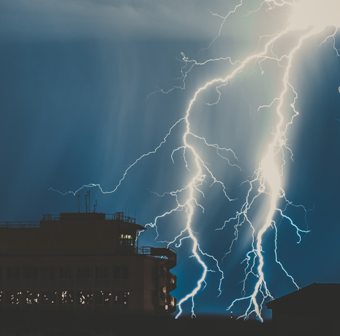
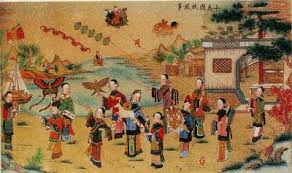
Predators like vultures get airborne gliding off a precipice. Fishers like cormorants get air borne from being immersed in the sea.

Your design brief if you choose to accept it is to design and make (yes construct it yourself) a means of getting something airborne. It could be its own structure or a fine fishing line.
- State the problem; a) write what you need to achieve. b) What requirements do you need to satisfy.
- Find previous solutions to similar problems. We have already looked at a few solutions in the natural world. Look widely, be open to diverse ideas.

3. Brainstorm as wide an array of concepts you can. A few suggestions to get you going: detergent bubbles, feathers, thermals (hot air updrafts), wind gusts.
4. Notify me you are accepting the design brief; at [email protected]
5. Research subjects like paragliding, parachuting, windmills. Da Vinci’s designs, birds of prey.
a) Sketch ideas that appeal to your sense of design or purpose.
b) Look for designs that solved similar problems. Devises that use wind for power; bore pumps, windmills to grind flour, turbines to generate power, seeds, birds, wind designs, and how to make a kite diagrams.
6. Sketch six ideas or designs. (Drawing helps you visually think how to build a concept)
7. Redraw your best idea to show how parts are assembled, an ‘exploded’ diagram.
8. Draw plans to make your design, show measurements.
9. Make a model full size if feasible, otherwise half size.
10. Test, there is often insufficient wind. Run, and have fun trying.
Structures of water
The most abundant fluid on our planet, water is perceived by the ways it behaves. Light is reflected from and refracted through water and it is responsive to movement on and through it.
As illustrators we create impressions of the characteristics of water’s appearance and its actions.
Everyone is familiar with Hokusai’s ‘The Wave’ , Japanese artists have a tradition of graphic representation of waters as we encounter them in our world.
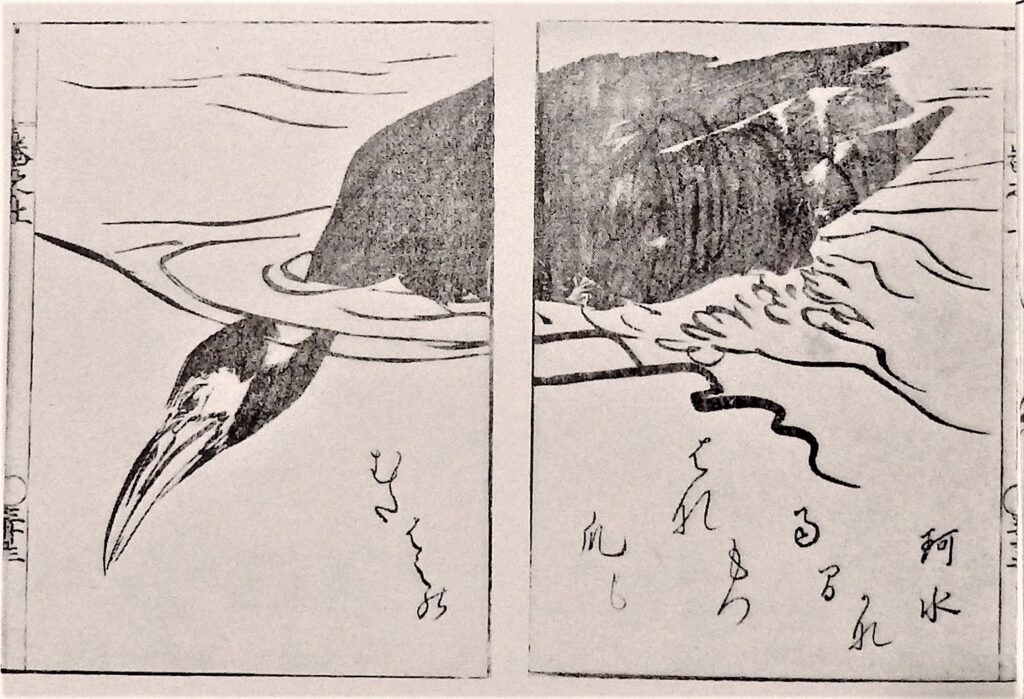
- White drawing paper
- Ball point pen
- Ruler, scissors, and glue.
